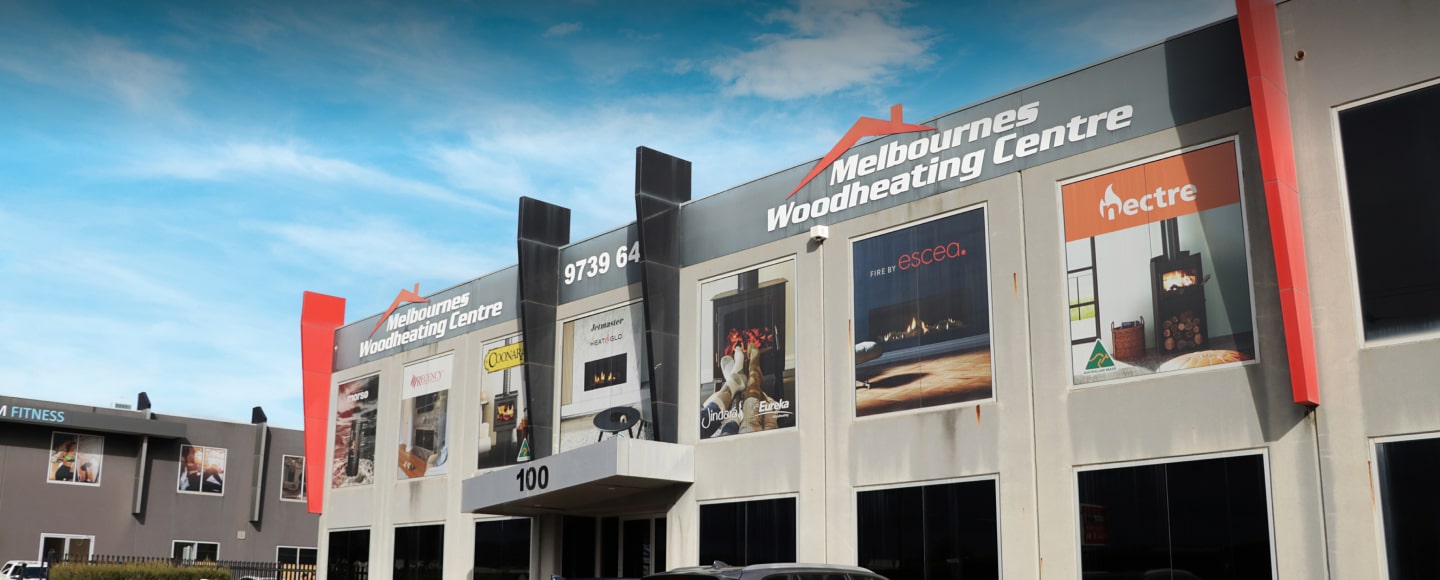
The cost of electricity is expensive – and continuing to rise. Alternative heating solutions, that can keep you snug and save you money, are becoming increasingly popular. Using a wood or gas heater during the winter months can result in big savings on your bills. A wood or gas fireplace also creates a cozy, comforting and cheerful atmosphere.
Good question! The size and heating capacity of a wood heater or gas log fire is the number one thing to consider when searching for your home’s perfect match. Wood heaters and gas log fires heating output is measured in Builders Squares in which 1 square is roughly equivalent to 10m2. So, for example, a house that is 200m2 is 20 Squares. Taking measurements of your home is a great guide towards a heating solution that will be able to effectively heat your space, without overheating the people in it.
Other things to consider are the layout and flow of your home, ceiling height, whether you have insulation, and the number and size of your windows. All these factors are important when considering the ideal heating capacity of your wood heater or gas log fire.
A radiant heater is a single skin heater which radiates heat. A convection heater can have multiple skins in which it draws cold air in and circulates around the skins and the fire box and expels hot air. Convection heaters can also be boosted with the aid of a fan. Radiant heaters are great for open spaces with high ceilings. Convection heaters are much more effective at distributing warm air through larger spaces.
Zero clearance means the wood or gas heater does not need a brick fireplace. It can be built into stud and plaster wall, according to the manufacturers specifications. This means the heater can be placed in the best position to create a focal point (such as under the tv), and to maximise heat distribution and airflow.
There are many zero clearance models of both wood heaters and gas log fires.
Efficiency is measured as a percentage of the amount of heat you are getting from the amount of fuel you are putting in. The higher the star rating or efficiency the more you’ll save on your gas bill or wood you burn. All our heaters have an efficiency indicator to help guide your selection.
Nothing beats waking up to a warm house in the depths of a chilly Melbourne winter. There are a number of factors that will determine whether your wood heater will burn through the night. These include the size of the fire box and the type of wood you burn.
Most wood heaters are designed to burn seasoned hard wood. Dry, high quality hard wood cut into fairly small logs are ideal to keep the fire burning hot and bright, and minimise smoke. Red gum, bush gum and all other seasoned hard woods are great choices. Avoid green wood, pines and other softer woods as these can cause excess built up in the flue reducing the draw of the heater. Never burn painted or treated wood.
Like a car it’s great to service your wood heater once a season to keep it running efficiently and prolong its life span. A wood heater service includes a flue clean, and checks on door seals and baffle. A little care and attention now and then will keep your wood heater in tip top condition and working hard to keep you comfortable and cozy for many years to come.
Have you looked at our range of electric heaters. Want a multi-sensory experience? Electric fireplaces have come leaps and bounds in the past few years, with technologies delivering a truly authentic fireplace experience. Electric heating is easy to install and offers quiet, clean, economical and safe heating. Our range of electric fireplaces are ideal for convenient and user friendly applications.